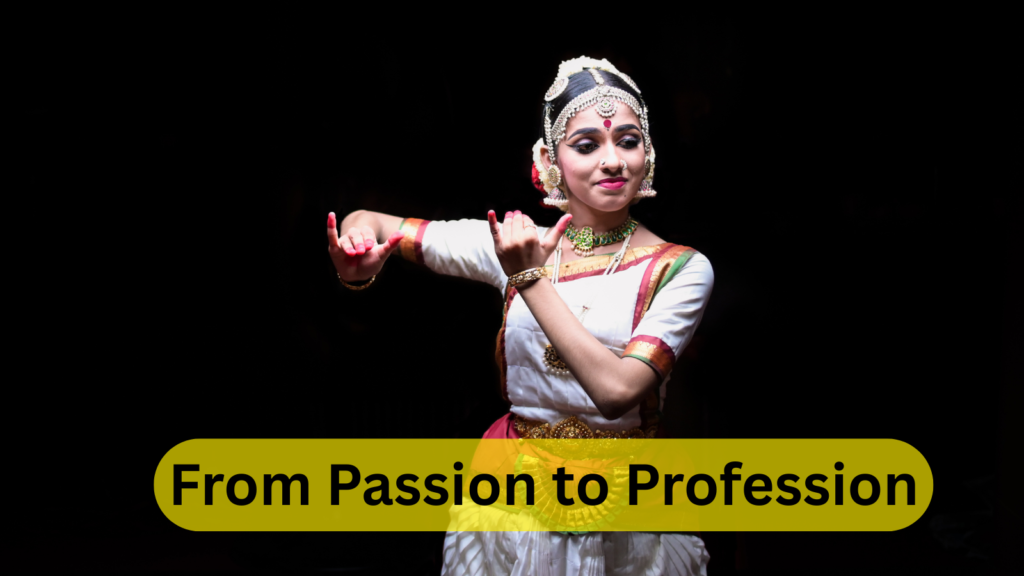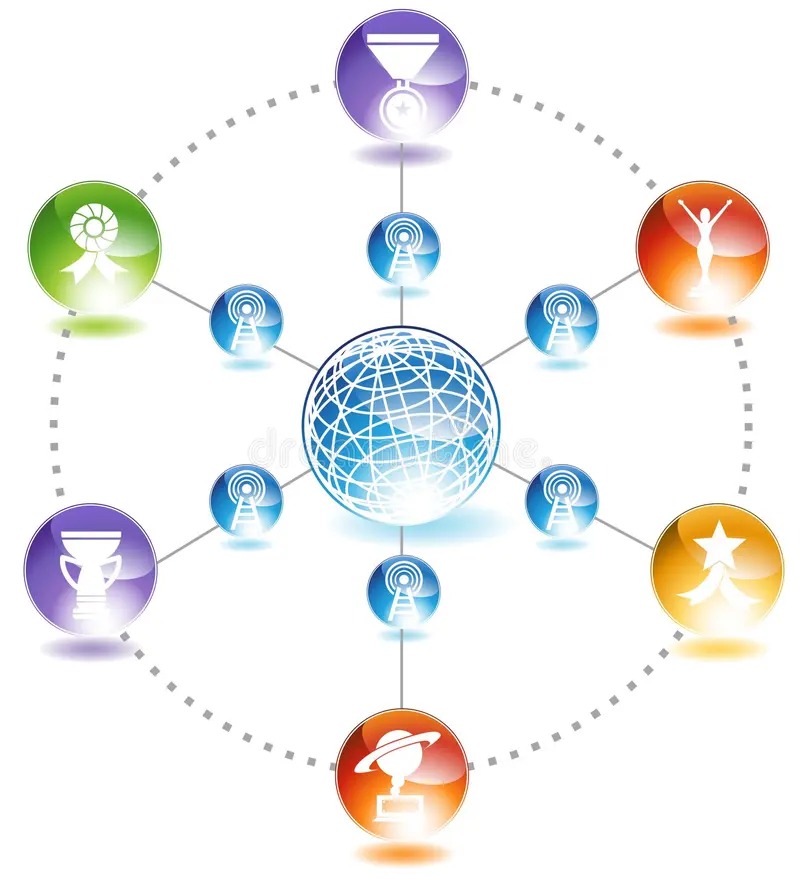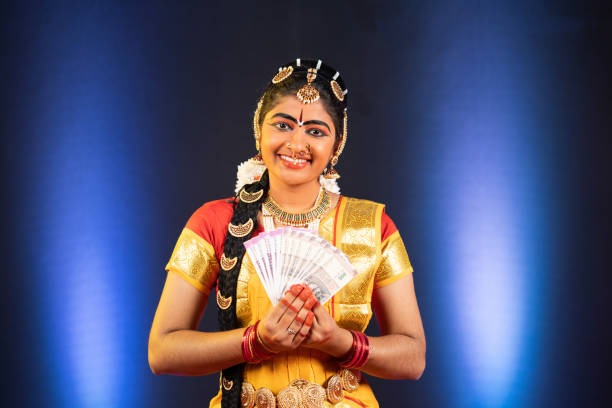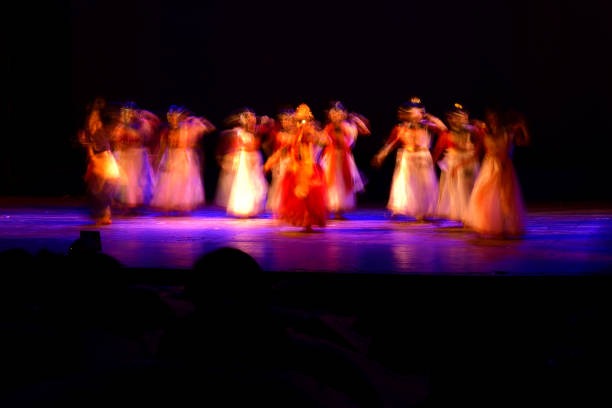Classical dance isn’t just about graceful movements and colourful costumes—it’s a deep expression of our history, emotions, and identity. Many of us grow up learning Bharatanatyam, Kathak, or Odissi as a part-time activity, something to show off at family functions or school days. But here’s the real truth: Classical Dance as a Career Rather Than Just a Hobby
In today’s modern world, more people are opening their minds (and hearts) to the idea that art can be more than just passion—it can be purpose and profession. Whether it’s performing on big stages, teaching students, creating content, or exploring global opportunities, classical dance can open doors you never imagined.
So, if you’re someone who feels truly alive while dancing… maybe it’s time to think bigger. 💭✨
Understanding the World of Classical Dance in India and Beyond 🌏
India is home to eight officially recognized classical dance forms: Bharatanatyam, Kathak, Kathakali, Kuchipudi, Manipuri, Mohiniyattam, Odissi, and Sattriya. Each form comes from a different region, with unique stories, postures, and spiritual essence. These aren’t just dance styles—they are living traditions that have evolved over centuries.
Even outside India, these art forms have loyal audiences. Universities abroad teach Indian classical dance. Cultural festivals in Europe, America, and Asia feature Indian performances with respect and love. That means, if you become a skilled classical dancer, your talent has no boundaries—you can reach audiences from Mumbai to Melbourne. 🌍💃
It’s not just about showing your talent—classical dance carries emotion, rhythm, storytelling, and soul. That’s why those who understand its depth never call it “just a hobby.”
From Passion to Profession: The Turning Point 🔄

Many dancers start young, attending weekend classes or learning from family. But how do you know when it’s more than just a side activity?
- You feel most alive when you dance
- You want to keep learning deeper meaning, not just steps
- You enjoy performing or teaching others
- You don’t get tired, even after hours of practice
If this sounds like you—it might be your calling.
Often, the turning point happens when a teacher, mentor, or even a parent notices your passion and encourages you to take it further. Sometimes it’s a national-level performance, or a scholarship you win. Every artist has a spark moment when they realize, “This is not just what I do. This is who I am.”
Educational Pathways for Classical Dancers 🎓
Yes! you can actually study classical dance just like any other subject! There are universities, academies, and certified courses across India that help you become not just a dancer, but a trained professional.
Top institutions that offer degrees in classical dance:
- Kalakshetra Foundation, Chennai
- Nalanda Nrityakala Mahavidyalaya, Mumbai
- Rabindra Bharati University, Kolkata
- Indira Kala Sangeet Vishwavidyalaya, Chhattisgarh
- Gandharva Mahavidyalaya (Delhi, Pune, etc.)
You can earn:
- Certificate courses (6 months to 1 year)
- Diplomas (1–2 years)
- Undergraduate degrees (BPA – Bachelor of Performing Arts)
- Postgraduate degrees (MPA – Master of Performing Arts)
- Doctorate (PhD in Performing Arts)
Online learning has also made things easier. You can now learn from senior gurus through Zoom classes, masterclasses, and even platforms like Natyarambha, which is dedicated to Bharatanatyam practice online.
And don’t forget, the guru-shishya parampara (traditional mentorship) is still alive. Learning under a respected guru not only builds your skills, but also helps you stay rooted in values and discipline.
Career Opportunities Beyond Performing on Stage 💼
When people think of dance careers, they often imagine glamorous stage performances and applause. While that is one part of the story, a classical dancer’s career offers a wide canvas beyond just stage shows.
1. Dance Teacher or Guru
One of the most respected paths is becoming a classical dance teacher. Whether you set up your own institute, join a reputed school, or offer online training, teaching can bring both joy and income. In India, many families look for qualified teachers to start their children’s classical journey—this demand will never fade.
Pro Tip: Combine offline and online teaching to reach both local and global students. You can even offer weekend batches, beginner modules, and advanced group sessions.
2. Dance Institute Founder
If you have leadership skills, you can establish your own music and dance academy. Build a brand, offer certified courses, collaborate with other artists, and create a space that nurtures young dancers.
Institutes like Nrityagram (Bangalore) and Kalashram (Delhi) started from one dancer’s vision and are now well-known institutions.
3. Choreographer
Choreographers work behind the scenes to create performances for:
- Cultural festivals
- Theatre productions
- School or college events
- TV shows or short films based on classical themes
Blending tradition with creativity, this career is perfect for those who love storytelling through movement.
4. Performer (Solo or Ensemble)
You can build a career as a professional solo performer or be part of a dance group. National and international festivals, cultural exchange programs, embassy events, and Sangeet Natak Akademi shows always feature Indian classical talent.
✅ Good performers get invited repeatedly—and paid well too.
Going Global: International Recognition of Classical Dancers 🌐

You’ll be amazed how many international students love and learn Indian classical dance. Countries like the USA, UK, Canada, Australia, and Japan have Indian cultural societies and universities that host performances, workshops, and residencies.
Many Indian dancers travel abroad as:
- Cultural ambassadors
- Guest lecturers
- Festival performers
- Artists-in-residence
Dancers like Alarmel Valli, Astad Deboo, and Mallika Sarabhai have performed across the globe, proving that Indian classical dance is a universal language.
And if you build your YouTube channel, Instagram presence, or offer international online courses, the world is truly your stage. 🌍✨
How Much Can a Classical Dancer Earn? 💰

Now let’s talk about something practical, income.
A full-time classical dancer may earn from:
- Teaching: ₹500 to ₹2000+ per class depending on experience and location
- Stage performances: ₹5,000 to ₹1,00,000+ per event (depends on reputation and event type)
- Workshops/Masterclasses: ₹10,000 to ₹50,000+ per session
- YouTube, Patreon, and Online Courses: Passive income streams
- Institute owners: Monthly earnings from multiple students and collaborations
✅ You can also apply for government grants, fellowships, and sponsorships from bodies like the Indian Council for Cultural Relations (ICCR), Sangeet Natak Akademi, or international cultural funds.
Legal and Professional Registrations (For Serious Artists) 🧾
As your career grows, you’ll want to make things official.
Here’s what you can do:
- Register your institute as a Sole Proprietorship or Trust
- Apply for MSME (Udyam) registration to get benefits and schemes
- Register for GST if your earnings exceed ₹20 lakhs annually
- Maintain a portfolio and invoice system if working with international clients or institutions
This not only protects your work legally but also adds credibility when applying for festivals, grants, or sponsorships.
Challenges Faced When Choosing Classical Dance as a Career 🌪️
Every dream, no matter how beautiful, comes with its own set of hurdles. And classical dance is no different. While it is deeply fulfilling, here are some challenges you may encounter—and how to gracefully overcome them:
1. Societal Pressure and Misconceptions
In many Indian households, classical dance is still viewed as a side activity, not a full-fledged profession. You may hear things like:
- “It’s a good hobby, but what about your career?”
- “Can you earn enough from dance?”
- “Do dancers really have a future?”
💡 How to handle it: Build awareness. Show your family examples of successful dancers, your income from teaching or performing, or growing international demand. Slowly, perspectives can shift.
2. Financial Instability (in the beginning)
It’s true. Initially, the money may not flow freely. Like any creative field, you need to invest time in building credibility, a student base, or stage experience.
💡 Solution: Diversify your sources of income—combine teaching, performing, and content creation. Even short dance tutorials on platforms like YouTube can build a steady following and future passive income.
3. Lack of Proper Mentorship
Unlike corporate jobs, there’s no clear roadmap in dance careers. Many young artists feel lost without the right guidance.
💡 Solution: Connect with dance communities, online forums, and senior gurus. Attend workshops, festivals, and events. Reach out for internships or assistant teaching roles—it can open many doors.
4. Physical & Mental Demands
Classical dance is rigorous—physically, emotionally, and spiritually. Long practice hours, travel, stage fright, and rejection are all part of the journey.
💡 Solution: Maintain fitness, eat healthy, meditate, and have a strong support circle. Balance your life and don’t hesitate to take breaks when needed.
Real-Life Inspirations: Indian Classical Dancers Who Made it Big 🌟
To truly believe in your dream, sometimes all you need is to see someone else live it. Here are a few legendary and modern-day Indian classical dancers who turned their passion into global professions:
- Dr. Padma Subrahmanyam (Bharatanatyam) – A trailblazer who revived ancient temple dances and inspired generations.
- Kelucharan Mohapatra (Odissi) – The soul of Odissi revival in the 20th century.
- Mallika Sarabhai (Kuchipudi/Bharatanatyam) – A global name who also uses dance as a medium for social change.
- Astad Deboo (Contemporary + Kathak + Manipuri) – Famous for blending classical with modern, he performed worldwide.
Even today, artists like Rukmini Vijayakumar, Geeta Chandran, Sonal Mansingh, and others have vibrant careers spanning continents, thanks to their deep-rooted classical training.
Why It’s More Than a Career—It’s a Way of Life 🧘
Choosing classical dance as a career isn’t just a profession; it’s a lifestyle of discipline, expression, and devotion. You don’t just perform—you live every note, every movement, every emotion.
It teaches you:
- Patience like a yogi 🧘♀️
- Grace like a river
- Confidence like a lion
- Stillness like the Himalayas
So, if your heart beats with rhythm, if your soul sways to melody, and if your eyes dream in mudras (hand gestures), don’t hold back.
✅ Classical dance can offer you fame, money, travel, respect—and above all, a fulfilling, purpose-driven life.
Also Read: Free Guide: How Music Institutes Can Inspire Parents to Support a Music as a career for Their Child


